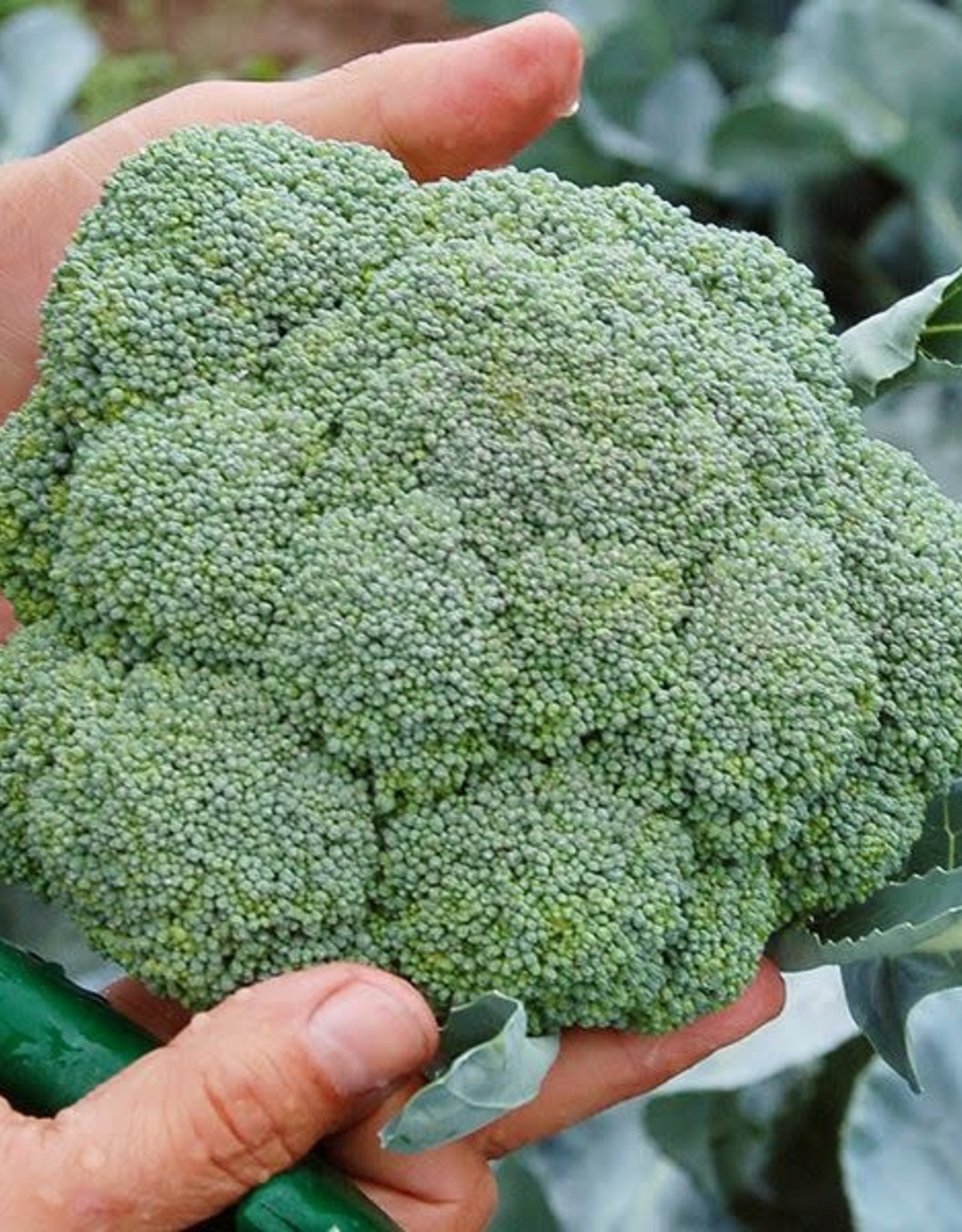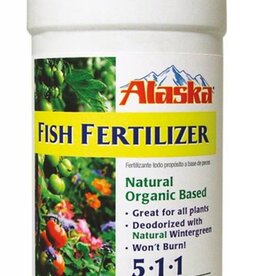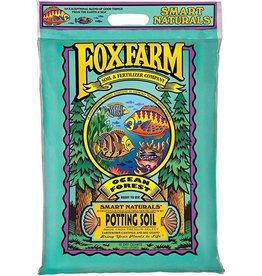HM Belstar F1 Broccoli 25 SEEDS
| Availability: | In stock (18) |
Photo and Description Credit - High Mowing Seeds
A versatile broccoli with excellent heat and cold tolerance and uniform, rounded heads.
Great choice for spring, summer and fall plantings with excellent vigor. Plants are compact and produce small to medium-sized heads within a 10-14-day harvest window. Domes span 6-8? and average 1.5 lbs. Plants have been known to survive 20-degree temperatures with proper frost protection and care. From our partners at Bejo Seeds.
- Compact habit
- Heat tolerant
- 6-8" heads
Disease Resistance Details
High Resistance: Fusarium Yellows
Intermediate Resistance: Black Rot, White Rust
4,375-9,375 seeds/oz (6,000 avg), 70-150M seeds/lb (96M avg)
Seeding Rate
44M plants/acre (96M seeds/acre, 1 lbs/acre), using 3 seeds/ft, 8” plant spacing, 18” row spacing. M=1,000.
Cultural Info
Broccoli is a cool season biennial in the Brassicaceae family, sharing species name Brassica oleracea with cauliflower, cabbage, collards, kale, brussels sprouts, and kohlrabi. Some broccoli varieties produce one large head followed by few side shoots, while others, like the heirloom De Cicco, produce many smaller spears.
Soil Nutrients and Requirements
Broccoli prefers well drained fertile soils high in organic matter. It will tolerate slightly alkaline soil, performing best in the 6.0 – 7.5 range. A general guideline is 2-3 lbs of 8-16-16 fertilizer over 100 sq ft of garden area two weeks before planting. If boron is not present in your soils, consider adding 1 Tbs per 100 sq ft. If soils are heavy or tend to be wet, a raised bed is recommended.
Seeding Depth
1/4-1/2"
Plant Spacing
18”-24”
Row Spacing
24-36”
When to Sow
Start indoors 4-6 weeks before planting date. Plant outside as soon as the chance of hard frost has passed. Optimal soil temperature for germination is 65-75°F, but broccoli will germinate as low as 50°F. Fall plantings can be direct seeded or transplanted in mid-summer. Although it will tolerate warmer temperatures, Broccoli will be grow best at temperatures in the 60°s, so plan your plantings around the temperatures in your area.
Other Considerations
Broccoli is shallow rooted. Be careful with even shallow cultivation.
Harvest
Broccoli heads should be harvested while the heads are still tight. Check fields every 2-3 days since once heads have loosened, quality is quickly compromised. After the main head is harvested, some varieties produce side shoots with smaller heads. Regular harvesting of side shoots will encourage further growth. Cool broccoli immediately after harvest to retain quality.
Storage
Store at 32°F for 1-2 weeks.
Pest Info
- Cabbage looper, imported cabbage worm, and diamondback moth are of the Lepidoptera order and can thus be controlled by Bacillus thuringiensis (such as Dipel DF) and/or spinosad (such as Entrust™), preferentially in rotation with one another to prevent selection of resistant individuals (check with your certifier before applying).
- Protect plants from flea beetles by using floating row covers in the early season.
- Root maggots can be controlled by applying beneficial nematodes.
Disease Info
- Black rot (Xanthomonas campestris pv. campestris) first appears as V-shaped, yellow lesions at leaf margin. Infected plants should be pulled up immediately, and plantings should never be worked during wet conditions.
- Fusarium yellows, caused by the bacteria Fusarium oxysporum f. sp. conglutinan, manifests as yellowing of the lower leaves 2-4 weeks after transplanting. Yellowing moves to upper leaves and ultimately causes wilt.
- Fungal diseases can be prevented by spraying with copper hydroxide (such as Champion WP™and/or oxidate (such as Storox™), but are best prevented by production practices that build soil and promote vigorous plant growth.
- Head rot of broccoli and cauliflower, caused by several different bacterial species, can develop quickly under conditions of high moisture and high temperature. It shows up as leaf discoloration and decay at base of outer leaves. Head rot is prevented by production practices that enhance air movement to promote drying, as well as maintenance of adequate calcium and boron levels in soil.
- Clubroot is a soil borne disease which stunts the roots of the plants so that they are not able to develop normally. Rotate crops and add lime to raise soil pH to 7.2.






